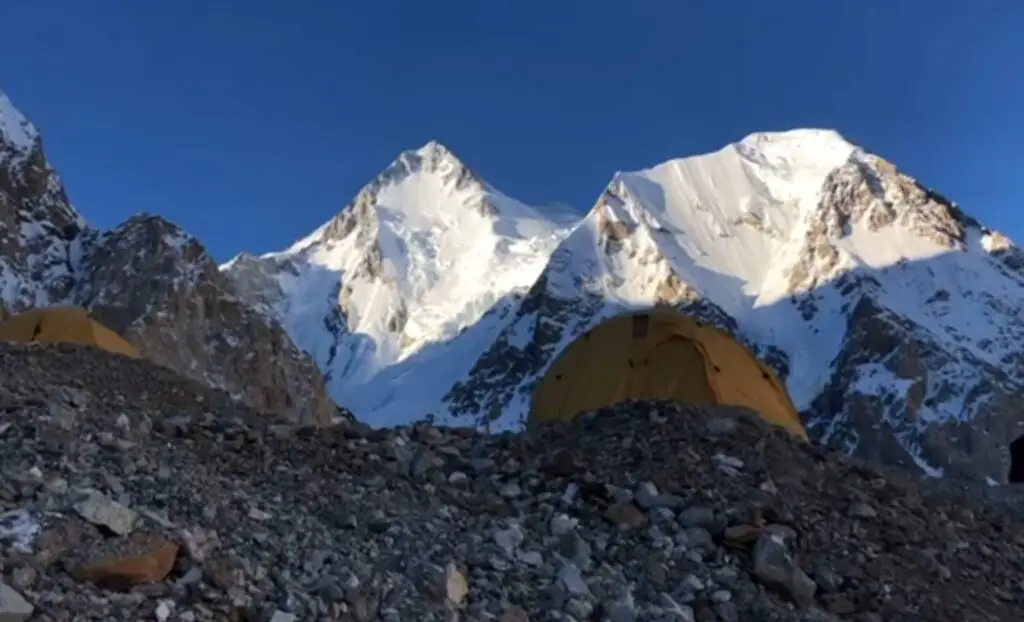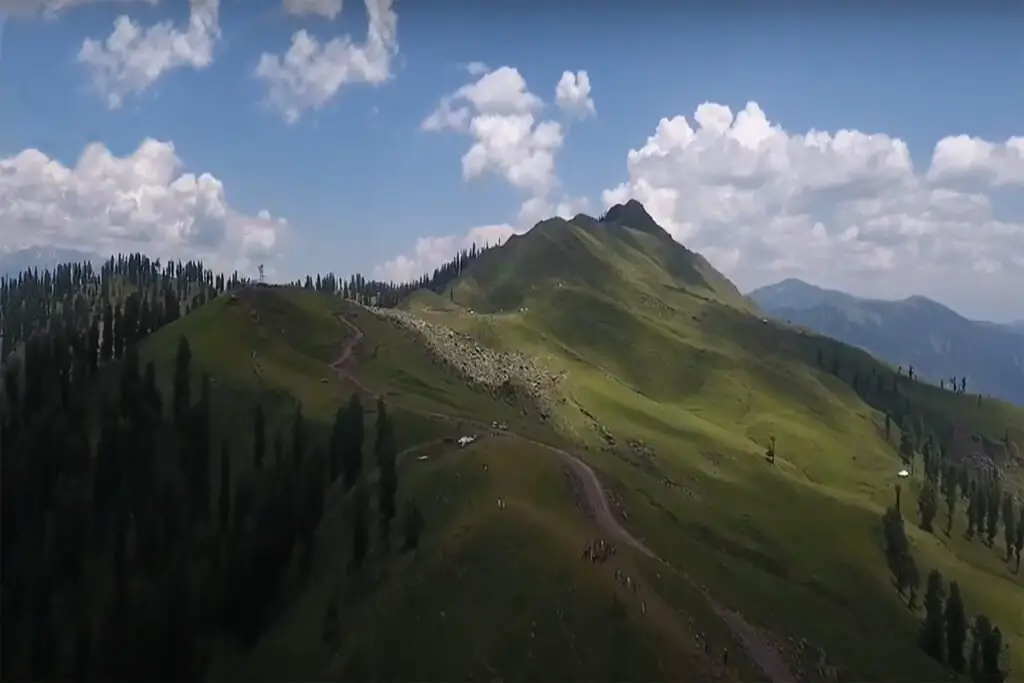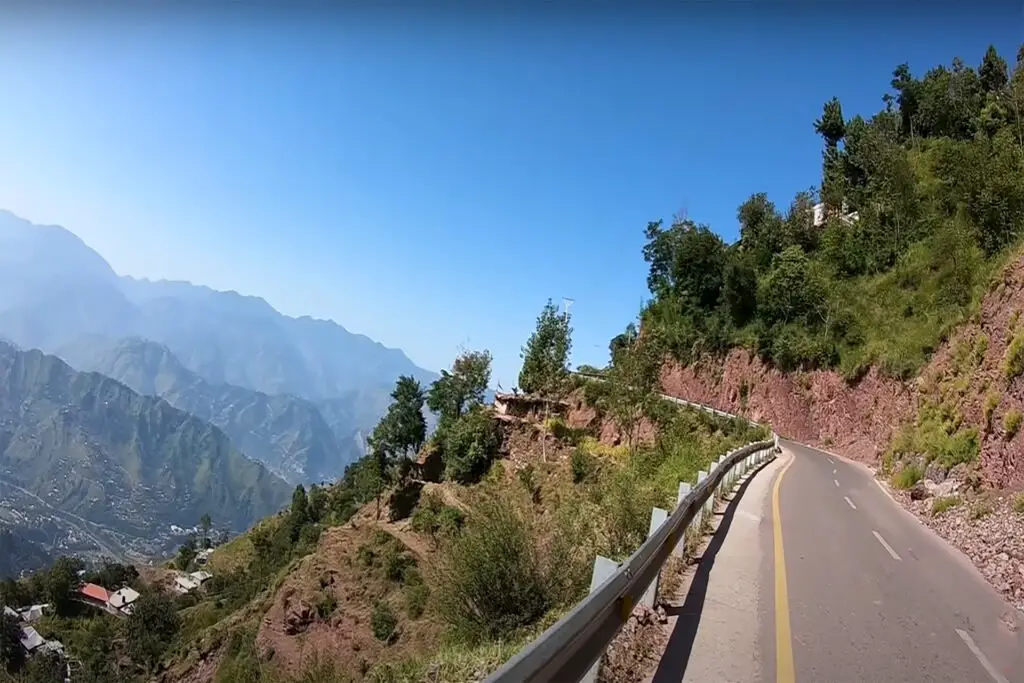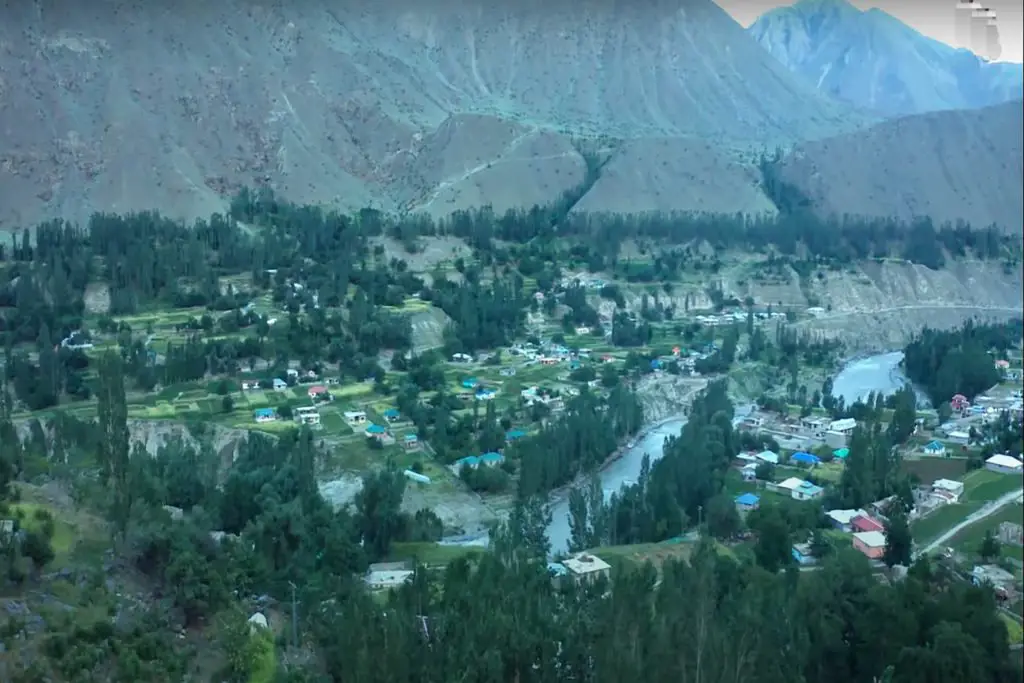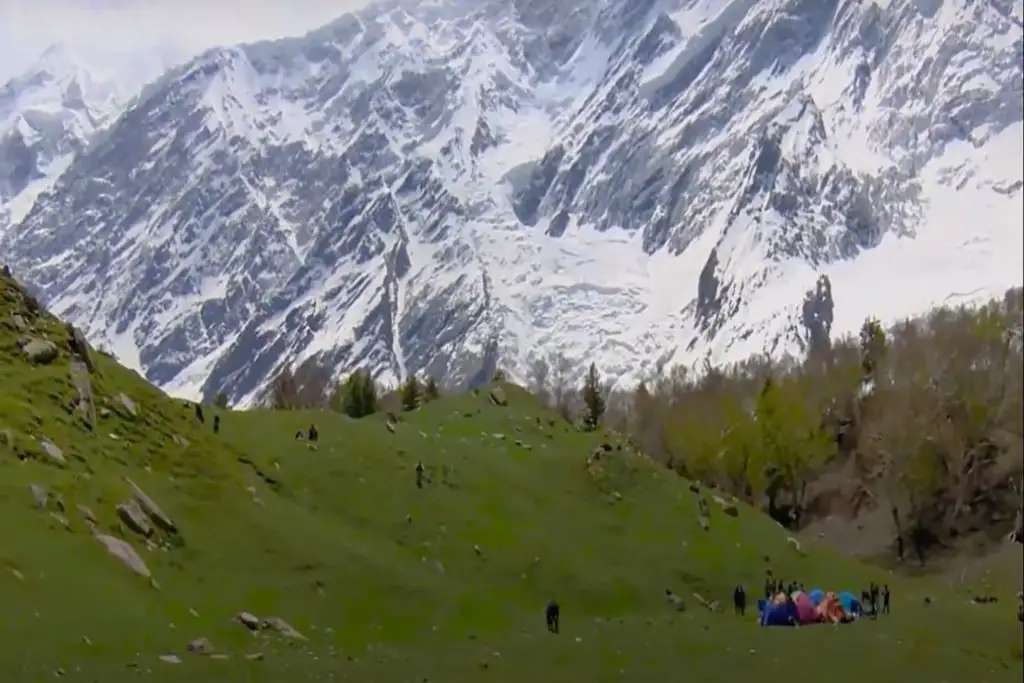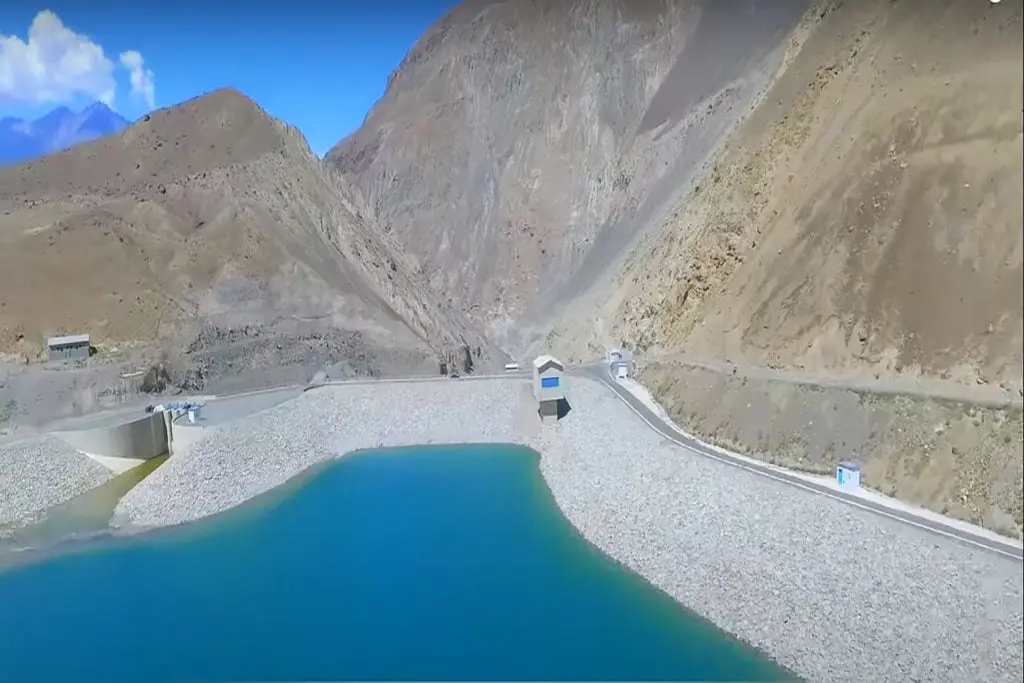Gasherbrum i, also known as Hidden Peak, is one of the highest peaks in the Karakoram Range of the Himalayas, located on the border between Pakistan and China. With an elevation of 8,080 meters (26,510 feet), it is the 11th highest mountain in the world. The peak was first climbed in 1958 by an American expedition led by Nicholas Clinch.
Geography and Topography of Gasherbrum i
Gasherbrum I is part of the Gasherbrum massif, which includes six other peaks above 7,000 meters. The mountain is located in a remote and isolated area, and the nearest town is Skardu in northern Pakistan. The peak has a sharp and rocky summit pyramid, with steep slopes and ridges leading to the top.
The mountain has three main summits, the highest of which is the south summit, with an elevation of 8,080 meters. The other two summits are the middle summit, with an elevation of 7,922 meters (26,001 feet), and the north summit, with an elevation of 7,708 meters (25,289 feet).
Best Time for Climbing Gasherbrum I
Gasherbrum I is a challenging mountain to climb, and it is considered one of the most difficult peaks in the world. The mountain is known for its technical climbing routes, steep ridges, and unpredictable weather conditions. The climbing season starts from June to August, and the best time to climb is during the months of July and August.
The most popular route to the summit is the Japanese route, which starts from the north side of the mountain and follows a ridge to the summit. The climb involves technical climbing, including steep ice slopes, rock faces, and a narrow ridge leading to the summit. The climb usually takes around 45-50 days, and climbers need to be well-equipped and prepared for the harsh conditions.
What is Gasherbrum 1 also known as?
Gasherbrum 1, the 11th highest mountain in the world, is also known by its alternative name, Hidden Peak. The mountain is located in the Karakoram range in Gilgit-Baltistan, Pakistan. With an elevation of 8,080 meters (26,509 feet), it is a significant and challenging peak for mountaineers. Its alternate name, Hidden Peak, refers to its location in a remote and relatively less explored region of the Karakoram.
How hard is Gasherbrum 1?
Gasherbrum i, also known as Hidden Peak, is considered one of the most challenging mountains to climb. Here are some factors that contribute to its difficulty:
-
Technical Difficulty: Gasherbrum 1 has steep and technical sections that require advanced mountaineering skills. Climbers must navigate icefalls, seracs, crevasses, and steep ice and snow slopes. Technical climbing techniques such as ice climbing, mixed climbing, and rock climbing are necessary.
-
High Altitude: It is located in the death zone, where the oxygen levels are significantly lower, and the effects of high altitude are more pronounced. Climbers must acclimatize carefully to prevent altitude sickness and manage the physical and mental challenges associated with extreme altitude.
-
Severe Weather Conditions: The weather on Gasherbrum 1 is notoriously harsh and unpredictable. Severe winds, extreme cold, and frequent storms are common. Climbers must be prepared to face extreme weather conditions, which can make progress difficult and increase the risk of frostbite, hypothermia, and other weather-related hazards.
-
Lengthy Expeditions: Climbing Gasherbrum i typically requires an extended expedition, often lasting several weeks or even months. This is due to the need for acclimatization, establishing multiple camps at higher altitudes, and waiting for suitable weather conditions. The long duration of the expedition can take a toll on climbers’ physical and mental stamina.
-
Remote Location: Gasherbrum 1 is situated in a remote and isolated area of the Karakoram range. Access to the mountain requires lengthy approaches and logistical challenges. The lack of infrastructure, limited communication, and difficult transportation routes add to the complexities of organizing and executing an expedition on Gasherbrum 1.
-
Avalanche and Serac Risks: The glaciated terrain of Gasherbrum 1 increases the risk of avalanches and icefalls. Climbers must carefully assess and manage these hazards throughout their ascent, taking precautions to minimize the potential dangers posed by shifting ice and snow.
-
Low Success Rate: Due to the combination of technical difficulty, high altitude, challenging weather conditions, and logistical complexities, the success rate of summiting Gasherbrum 1 is relatively low compared to other 8,000-meter peaks. Only experienced and well-prepared mountaineers with adequate training and experience attempt to climb.
Overall, the technical difficulty, high altitude, severe weather conditions, and logistical challenges makes it a highly demanding and difficult mountain to climb. It requires a high level of physical fitness, technical expertise, mountaineering experience, and careful planning to undertake a successful ascent.
Environmental Concerns
Like many other mountain peaks in the world, Gasherbrum I is also facing environmental concerns, including climate change, melting glaciers, and pollution. The melting of glaciers is affecting the local communities, who depend on the glaciers for water and irrigation purposes. The increasing use of fossil fuels and the growth of tourism in the area is also contributing to pollution and environmental degradation.
Conclusion
Gasherbrum I is a challenging and spectacular mountain, attracting climbers from all over the world. It is a symbol of human endeavor and achievement, but it also highlights the need to protect and preserve our natural environment. As more people are drawn to the mountains, it is important to ensure that we respect and care for these natural wonders, and work towards sustainable development in these fragile areas.

